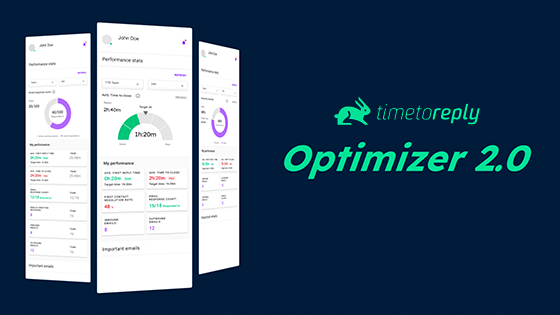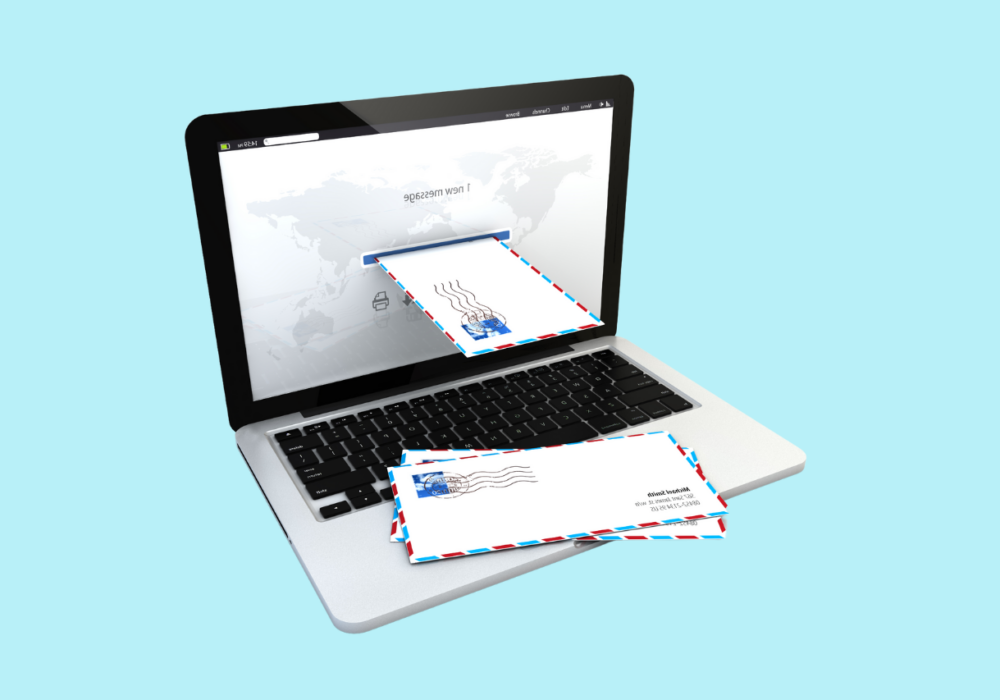SLAs (service level agreements) are tricky to measure, report on, and meet. But, when managed correctly, SLAs provide a great opportunity to improve customer satisfaction.
For example, an SLA contract may stipulate that the cloud computing company must provide email services to its users at least once a day, setting it apart from other providers who may offer email on demand.
The service level agreement is set up to deliver an optimal service to the customer at each and every moment, based on the SLA’s stated level of service. In addition to formalizing service expectations, SLAs set forth the terms for redress when requirements are breached.
SLAs often stipulate that the service provider must provide service at a minimum level of performance.
However, several other elements are vital to know about when formulating an SLA. This includes but is not limited to Service Level Agreement Requirements Service level agreements are legally binding and are required by regulatory bodies. For example, UK and EU regulators have mandated that their financial services companies hold SLAs that outline how much data they can support on a per-client basis.
Suppose the SLA stipulates that a service provider must deliver a full record-shredding guarantee. However, you only need to provide one record on the day before the policy expires to fulfil your SLA. In that case, you may not be able to fulfil your part of the agreement. Build a Service Level Agreement First; you need to identify what service level you need your customers to achieve.
One of the most effective ways to do this is to take your service provisioners and providers, which have relevant experience and records of delivering that level of service, and compare the cost of offering those services. Then, establish a benchmark for how often the service level should be achieved.
Add up the estimated costs of delivering the performance you need (the SLA should stipulate what level of service you are expecting to receive), plus a minimum value for each instance of performance you require (these cost estimates should reflect the minimum amount of work required, rather than a public figure for all instances). Then, add up your estimated costs (the service level agreement specifies minimum values for different actions in the event of failure).
Then, divide that figure by the number of instances you need your service to achieve to find your service level obligation. Typically, a service level agreement specifies two performance levels — a “Trued up” and a “Trued up and extended.” The main difference between these two is that a “Trued up” account is only valid if a set percentage of the baseline requirement is achieved.
Then, another threshold is met. The difference between a “Trued up” and a “Trued up and extended” is that the latter is valid if the baseline is met. Then another threshold is met, meaning that the service provider must deliver at least 95% of what is expected of them. Then, in order to calculate the total obligation, add up all the costs and provide a minimum value for each instance of your service level. Finally, provide a statement of “reasonable” performance to confirm that the services were delivered to the customers’ satisfaction.
Now you are ready to document your service level agreement. Once completed, you should review your agreement for the minimum value for your service level — you might find that the baseline is much less than you had initially planned.
Related Article: SLAs and AWS: Creating the Right Environment
At the end of the day, all service levels are slightly different. But they should be relatively simple to define and indicate what is expected of your service provider.
On a side note, do you need someone to collaborate with you to help you answer your overloading emails? You need to read this article to get familiar with the response time.
Here are some of the benefits of SLA monitoring tools;
For each channel (Internet, VoIP, IP-TV, etc.), identify the points in time when the channel’s service is disrupted. For example, if the quality of VoIP for a particular company is 50%, monitor the points in time when the VoIP service is interrupted. Each point in time is usually identified with a specific ID number (UICN). In a Service Level Agreement Monitoring (SLAM) system, you can identify the service availability and service quality of the service you monitor. In addition, you can monitor multiple services from one centralized system. By tracking the service status for each SLAM tool, you will be able to identify precisely what the service availability or quality is of the services, including the actual user experience or app performance.
By implementing the SLAM tools for a specific service, you will optimize the performance of that specific service for the particular SLAM tool. Typically, the SLAM tools are aware of all the available resources and provide a load that is optimally distributed across the available resources.
Successfully implementing service level agreements can be beneficial to users and businesses. Successful application monitoring allows you to identify and remove the applications and devices that are not meeting the service level agreements. While user experience monitoring and application performance monitoring are essential for service level agreements, application monitoring is necessary to validate that service and application availability are met.
Tip: Click here for a demo of our product: Email analytics and alerts for sales teams.
Service Level Agreement monitoring tools are designed to give you insights to determine what is happening inside your corporate data center, including applications currently running. They can provide analytics and monitoring that can give you insights into what is happening from end-to-end. That’s what you are seeking here. The metrics and the data should allow you to do that. If you can do that, it can get you to a higher level of insight and provide some specific actions and reporting to the application users. There are many types of application monitoring tools and services available, including:
The best way to use a monitoring tool is to configure it for the purpose you need it to serve. It should give you insight into what’s going on internally and give you some reports and statistics. It should work with different types of infrastructure, both physical and virtual. It should be flexible enough to allow you to configure it based on the volume of traffic you need and your monitoring needs. It can provide metrics to the users of the service, which can be a significant benefit. This allows you to drive those essential improvements, which you need to make to get to the next level of performance.
It depends on how much you are using it. You can use it in different ways. For example, if you are using it for troubleshooting purposes, you can use it as a standalone tool. If you are looking for something to provide more information and reports, it can be used as a software component. You can get several tools to suit different circumstances.
That’s a good question. It depends on what you are using it for. Most solutions you use are designed for monitoring infrastructure services. In general, you are using them for that purpose. They are good in terms of what they are designed for.



Trusted by high-performing inbound sales teams and customer-facing teams globally.
Close more deals and delight more customers with the faster, smarter, deeper email analytics and performance optimization software that works straight from your team’s inbox.